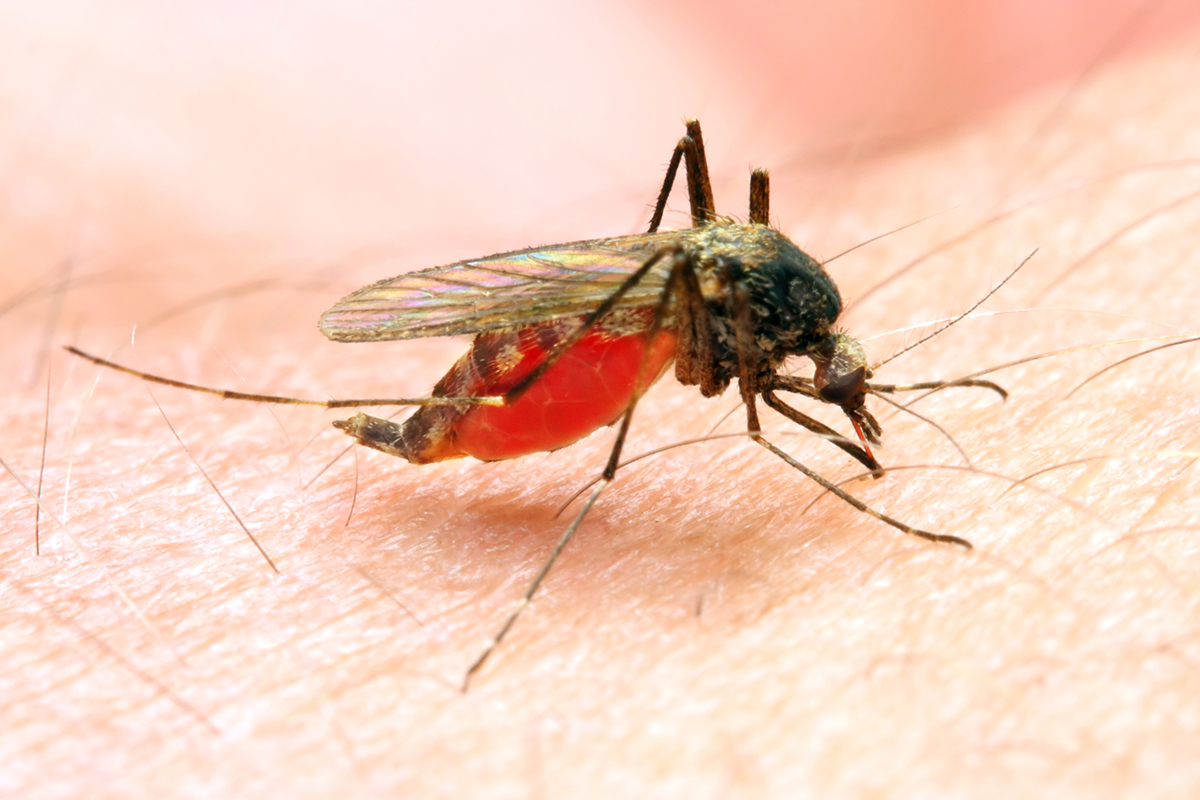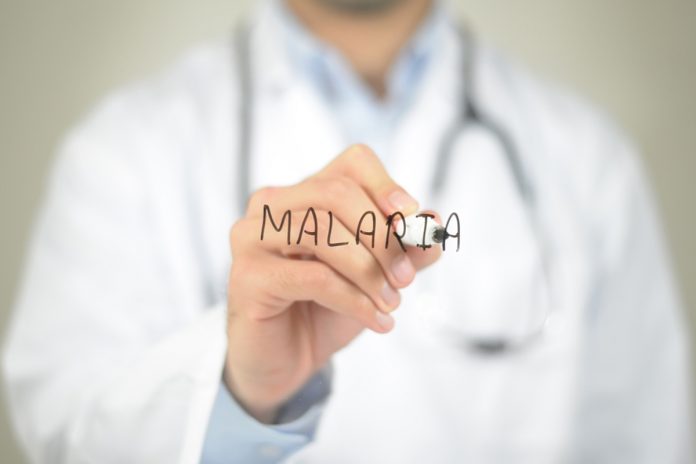David H Peyton. Ph.D., Professor of Chemistry at Portland State University explores the progress being made on malaria in the world today
The annual report issued by the World Health Organization (WHO) that tracks malaria world-wide came out at the end of November 2017 and it was not reassuring to those of us working against malaria. This report gave a picture that indicated progress has stalled (a word taken from WHO’s website). This is a sobering introduction to the report, especially for an organisation that has been, in this person’s estimation, optimistic about the state of malaria over the last few years.
“New data from national surveillance systems suggests that we may be underestimating the burden of malaria and WHO will embark on a detailed review of national data and estimation methods in 2018. Even with the current conservative estimates, however, globally, the fight against malaria is at a crossroads.” (From the World Malaria Report 2017, page 61)
What has stalled in malaria control?
To answer this, I turn to the Malaria Report itself. Firstly, the number of cases of malaria has increased, as enumerated in the report. This metric is greatly important because it reflects not only deaths, but also other burdens on the local economies, as well as effects on families, health systems and so on. Not only is the relatively modest increase in this number important – especially because the number has not decreased – but it is admitted being a conservative estimate by the compilers of the report.
Thus, the situation may be worse. These numbers are also somewhat biased in earlier years by the introduction of more rapid diagnostic tests for malaria, that has allowed more accurate numbers – rather than just presumption from a fever presentation: it may be that some of the earlier years’ declines in malaria cases are not entirely accurate.

Secondly, the number of deaths from malaria has remained constant from 2015, instead of decreasing. Given the increase of cases, this might be taken as a minor victory, but remember – these numbers are conservative, so caution would be advised in any celebration.
Thirdly, the rate of distribution of insecticide-treated nets (ITNs) has decreased since 2014. This is particularly disturbing because the nets are not durable and holes in them can be viewed as analogous to drug resistance. If a mosquito can fly through a little hole, the net may reduce the frequency of biting, but still not (eventually) prevent the transmission of malaria.
The distribution of ITNs is primarily to those who are ‘underserved’ (have no nets, or not enough nets), so those with nets that are damaged or have an insecticide that has worn off or expired need net replacements. Yet the accounting for these cases is not clear. Also, the mosquitos are becoming more resistant to the most common insecticides on the nets.
Fourthly, the intermittent preventative treatment of pregnant women (IPTp) is still far below the rates hoped for by the policy-makers. The same can be said for IPT of children.
Fifthly, access to appropriate drugs has improved over the last seven years, as has the application of rapid diagnostic testing. Yet even here, the overall coverage remains uneven, with some countries still not providing good access. Counterfeit drugs also remain a problem, especially in the private markets.
What is at the heart of the lack of progress that we are seeing?
We must look to the budgets, as much as we might wish to think that problems might be solved elsewhere. Realistically, problems like malaria, having a global reach and demanding both technological and implementation aspects to solve them over decades, must have sufficient funding to have any chance at success.
The World Malaria Report 2017 provides graphs on page five – demonstrating that the funding for the entire malaria enterprise has remained at about $2.8 billion ($2016-U.S., from 2010 – 2016). In fact, 2013 was the high-funding year (about $3 billion), followed by 2010 & 2012 (which had nearly the same funding amounts).
So, this is the situation that WHO optimistically terms, “stable.” The major amount of funding comes from the U.S., yet the future of support from the U.S. for international projects may not be stable. For example, in 2017 an early draft budget from the President did not provide for the continuation of the Fogarty International Center of the National Institutes of Health and a large tax ‘restructure’ (cut) has just been enacted by Congress.
The message of the World Malaria Report is clear – that the financial underpinning for malaria needs to increase substantially – but whether this will be a realistic expectation from the U.S. and other sources is quite another matter.
Please note: this is a commercial profile
David H Peyton. Ph.D.
Professor of Chemistry
Portland State University
Tel: +1 503 725 3875











